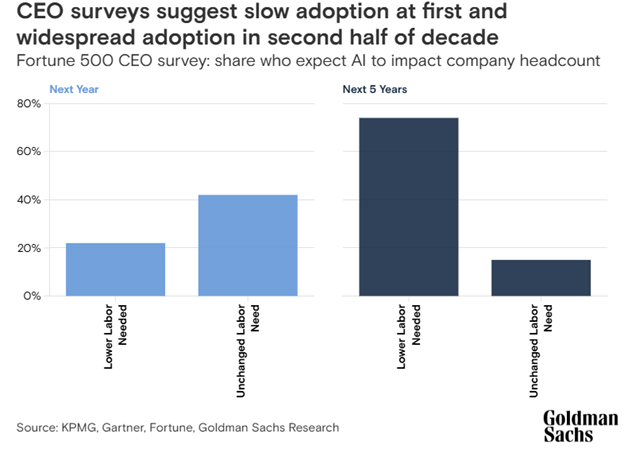Every IT professional has a beginning — no origin story is exactly the same.
Here’s mine: It was 2016, I was just six months into my “accidental” job of help desk agent. I was supporting a large city and their employees. I got a call from a firefighter who worked for the city. Their MDT (the mobile computer on their firetruck that told them where to go during a call), couldn’t connect to the Internet.
I did what any good agent did and found the right knowledge article. I followed that knowledge article exactly as documented. I even got creative and did some Google searches to try to find a solution myself.
Unfortunately, I had to tell the firefighter that I needed to send his ticket to the field team and no, I didn’t know exactly how long it would take, but he could give the desk a call for an update (because the policy said not to give estimates).
His response: “No worries, buddy. I have another fire engine, so we’ll be just fine.”
Yeah, right.
His version was R-rated.
He didn’t want me to answer the call faster. He didn't want me to resolve their issues quicker or a better channel to reach us. The reality was: He didn’t want the problem he was facing in the first place.
A lot has changed since 2016, but here’s what hasn’t when someone calls the service desk:
- They are experiencing friction that lowers their productivity.
- Their impact is directly negating the work they are doing to propel the organization forward.
- They are likely not more engaged than they would’ve been, if they didn’t have to call us.
How is the technology tides turning to drive better outcomes? Artificial Intelligence.
Did you know that in just nine years, from 2013-2022 there were over 5,000 AI startups founded in the Unites States alone? In 2022, there was $47 billion in funding to AI companies.
Global AI Ecosystem, described as an innovative, open-access and non-profit platform designed to foster knowledge and collaboration within AI Industry Analytics, provides some eye-popping visuals that really show a picture can be worth a thousand words:

Even Goldman Sachs is talking about the impact AI will have on the workforce sharing 74% of Fortune 500 CEO respondents, anticipated lower labor needed within the next five years.

IT support leaders should not just embrace AI, but proactively be the loudest voice in the room championing AI. Why should we want AI to swoop in and do as much for us as possible? There is a simple two-word answer we all care about: Our customers.
Whether you’re in banking, higher ed, manufacturing, retail or serving customers across all industries — the common thread is the same: We all serve one customer or another.
If we are truly customer obsessed, customer-centric, customer focused or whatever other buzzword we want to use indicating we are for our customer — we should lead the charge in enabling better outcomes for our customers.
There is not a world that people are obsolete. The work IT professionals do will shift. Technology will keep evolving. IT leaders will keep learning and step up to the plate to help customer achieve new heights.
Having a desire for IT support to be obsolete isn’t about driving cost of labor down. It’s not even about making room for IT professionals to spend time on more meaningful tasks that got them into the IT profession to begin with.
While it may not be a world that ever exists — a world where tech support isn’t required — is a world where employees thrive and technology truly enables better outcomes.